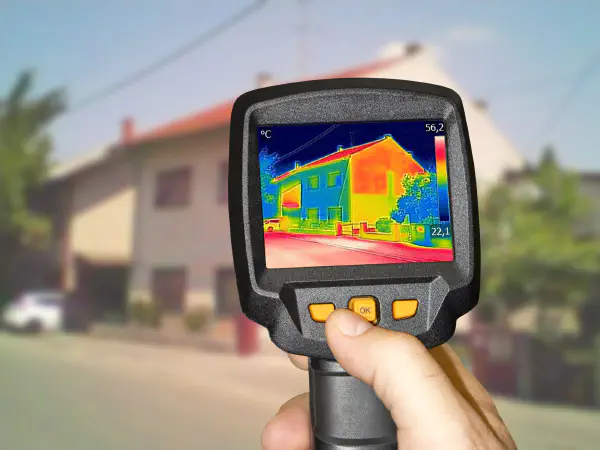
In a world fraught with natural disasters, accidents, and emergencies, search and rescue operations play a vital role in saving lives. To maximize the efficiency of these missions, technology has become an indispensable tool. Image processing and computer vision, particularly open-source libraries like OpenCV, have revolutionized the way search and rescue teams locate and rescue missing persons or survivors in disaster-stricken areas.
In this blog, we will delve into the critical role that image processing and computer vision play in enhancing search and rescue operations, focusing on their applications, benefits, and future prospects.
The Power of Image Processing in Search and Rescue
Image processing techniques involve the manipulation and analysis of visual data to extract valuable information. When applied to search and rescue operations, these techniques can significantly aid in the identification and location of missing individuals or survivors. Here’s how image processing can make a difference:
- Thermal Imaging
- In situations where visibility is severely compromised, such as dense smoke, darkness, or natural disasters like earthquakes, thermal imaging can be a lifesaver. Thermal cameras can detect and display heat signatures, enabling search and rescue teams to locate survivors who emit body heat. OpenCV’s library offers tools for processing thermal images, allowing for more accurate and faster identification.
- Object Detection
- Computer vision algorithms are excellent at identifying objects within images. Search and rescue robots equipped with cameras can use object detection to locate missing persons or survivors based on predefined characteristics, such as identifying the shape and size of a human body. OpenCV’s pre-trained models can help streamline this process.
- Feature Extraction
- Image processing can extract features from images, such as color patterns, facial recognition, or unique clothing. This information can be crucial in identifying missing individuals, especially in crowded or chaotic situations.
- Geospatial Analysis
- By integrating image data with geospatial information, search and rescue teams can precisely determine the location of survivors. This is particularly valuable in large-scale disasters or remote areas. OpenCV and geographic information systems (GIS) tools can work together to achieve this.
- Drone and UAV Support
- Drones equipped with high-resolution cameras and computer vision capabilities can provide real-time aerial imagery. This can help teams gain a comprehensive view of the affected area and locate survivors or assess damage quickly.
Benefits of Image Processing in Search and Rescue
The application of image processing and computer vision in search and rescue operations yields several significant benefits:
- Improved Efficiency
- Automated image analysis reduces the need for manual scanning and can help rescue teams cover more ground in less time.
- Enhanced Accuracy
- Computer vision algorithms can process vast amounts of visual data quickly and accurately, minimizing the risk of human error.
- Enhanced Safety
- Robots or drones equipped with image processing capabilities can access hazardous or inaccessible areas, reducing the risk to human responders.
- Optimal Resource Allocation
- By pinpointing the exact location of survivors, resources can be allocated more efficiently, ensuring that help reaches those in need quickly.
- Data for Decision-Making
- The data collected through image processing aids in making informed decisions during search and rescue missions, including strategy adjustments and resource deployment.
Future Prospects
The integration of image processing and computer vision in search and rescue operations is a dynamic field with several exciting possibilities:
- Machine Learning
- The application of machine learning algorithms to image data can improve the accuracy of object detection and feature extraction.
- Real-time Analysis
- With the advancement of computing power, real-time image processing on-site is becoming more feasible, allowing for faster response times.
- Humanoid Robots
- The development of humanoid robots with advanced vision systems can navigate challenging terrains and locate survivors with greater precision.
- Blockchain for Image Authentication
- Blockchain technology can be employed to ensure the authenticity and integrity of image data, crucial for evidentiary purposes.
Conclusion
In a world where disaster and emergency situations can strike at any moment, leveraging technology to enhance search and rescue operations is paramount. Image processing and computer vision, with the aid of open-source libraries like OpenCV, are pivotal in improving the efficiency, accuracy, and safety of these missions. As technology continues to evolve, so too will the capabilities of search and rescue teams, ultimately saving more lives in the face of adversity. Image processing is, indeed, a powerful ally in the race against time and uncertainty, making the impossible seem achievable.